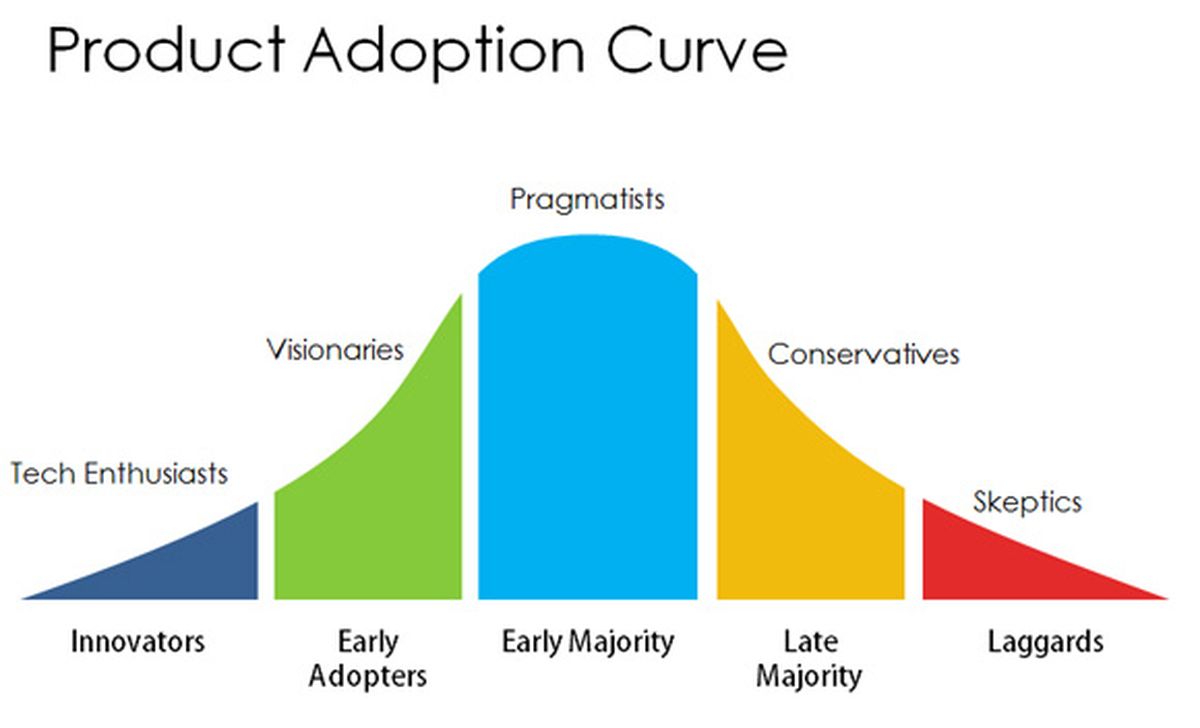
It seems every product, regardless of how complex, is destined for some level of commoditization.
In virtually every industry, we look at products and solutions that were very complex. These require great product knowledge and extensive work with the customer to help them understand the product and it’s application. Over time, as products get greater market penetration, as competition increases, as we go through cycles of enhancement of the products, as customers get greater familiarity with them—-products, inevitably become commoditized.
Computers used to be a mystery, they were very complex (still are), our customers didn’t understand them, and legions of sales people with specialized training and knowledge were needed to sell them. Now, we order them on line, with little or no sales help.
Product after product, regardless of the complexity becomes commoditized. Some faster then others, but eventually all are on that path.
We shouldn’t be surprised when we look at any type of product adoption curve. As we move past the peak of the “early majority,” products become commoditized.

We try to combat commoditization with Version 2, 3…….5…….10 of these products. We add endless features and functions to the products. In some cases it’s trying to differentiate the products, in some it’s catching up to competition.
The mantra is “bigger, better, faster, cheaper…” Yes, that last word always sneaks in there. As our products become commoditized, both continual efficiencies in manufacturing and competition make them cheaper.
No product, no market is immune to this. Some products tend to become commoditized very quickly, others may take decades, but they too start becoming commoditized.
As buyer comfort and knowledge increases, it becomes much easier to buy. Risk, change, cost all become known, manageable, ultimately, customers prefer to order them online.
Many smart organizations fight product commoditization. The take what Geoffrey Moore describes as the “whole product” concept. We compete not just on the product itself, but on extended attributes of the product—the support services, the reputation of the supplier/company, logistics management, quality, and so forth. Competing becomes not just about the product itself, but about all the things that surround the product to make the customer feel confident about it’s capabilities.
But over time, too often, these become commoditized. It used to be quality was the big differentiator–but now the differences in quality are very small and it has become table stakes. It used to be support, often it still is, but as we look at customer experiences in which no support is needed, then support becomes commoditized. (or all suppliers are judged as equally mediocre).
Deja Vu
Over time, every product, to varying degrees becomes commoditized. More and more sales move from “complex” to “transactional” (which still can be differentiated by looking at the whole product experience).
As you might guess, many pundits or so called “gurus” and “experts” use this trend to commoditization to pronounce the death of sales. Many joyously look at the adoption of advanced analytics and AI as the final nails in the coffins to selling. Pretty soon, Alexa, or a chatbot can handle everything we need–answer customer questions, provide them insightful information, and accept their orders.
I don’t disagree—that is if sales is only about the product.
But it isn’t—it probably never has been!
Sales, or at least buying, has always been about the customer. And the customer situation is never likely to be commoditized.
Each organization is different, they have different strategies, goals, priorities. The people in each organization are different, they have different aspirations, dreams, goals. All have differing risk profiles, attitudes to change. All have differing fears and concerns. And all of these change over time, escalating, de-escalating, and escalating again.
We know from research that decision making is becoming more difficult–more people are involved. In just the few years since Challenger was published, CEB has said the number of buyers has grown from 5.7 to 6.8. This year I expect to learn it has grown to over 7.
We know that increasing numbers of “buying initiatives” end in no decision made.
As companies struggle to grow and perform, we can infer from general industry and market data, the problems every business faces are not getting easier.
Customers need help! They struggle to buy. They struggle with very complex challenges, to which there are no easy answers. They struggle to learn and grow. They worry about uncertainty, risk, their futures.
Your Role in Sales
The role of professional sales has always and, likely, will always be about helping the customer with these issues. Helping them think differently, helping them learn and grow, helping them understand and manage the risk, helping them align divergent agendas and priorities.
Even better–each customer–each situation is different. And these are constantly changing over time.
While our products will eventually become commoditized, what our customers face is unlikely to be commoditized.
If we make our focus in selling about our products—even the very rich “whole product” concept, our jobs will be commoditized and disappear.
But if we make our focus about helping our customers understand and solve their problems—regardless what we sell, the need for great sales people will always be great.
Ironically, those who have been selling true commodities (for example, basic chemicals) have always known this and are competing differently.
It seems those of us with some level of product based differentiation have a long way to go in recognizing this.
David Brock is president of Partners in EXCELLENCE, a management consulting firm focused on sales productivity, channel development, strategic alliances and more. Read more blogs from Brock here.




